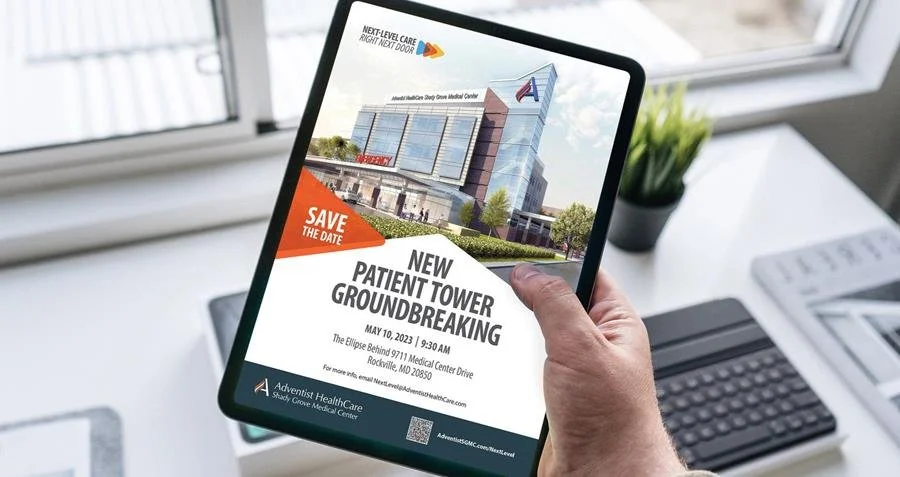In some circles, great design is still considered a luxury. But more often than not, this idea is a fatal flaw for a brand.
Today’s consumer has sophisticated visual tastes created by the most creative communicators in the world. Their reference point for this is not just your competitors—it’s every message they get from any industry.
This is why great design is actually a brand differentiator. Great design provides instant visual cues about your brand that affiliate it with other brands familiar to the viewer—allowing them to decide in as little as a second if they want to further engage with you. The more oversaturated people are with information, the more they rely on these cues as short cuts for adjudicating a product or service. It’s simply an efficient way of navigating information.
Here are some common mistakes brands make when they don’t embrace this important truth:
- Spend heavily on a media buy, but use so-so stock images and design that send the viewer packing after one look.
- Spend millions on a new building and cheap out on photography. A top-drawer architectural photographer will bring a wow to your image that will pay off handsomely.
- Invest in new technology or services, then depict them on a visually inferior website.
It’s better to go with less in other areas than to settle for also-ran design.











